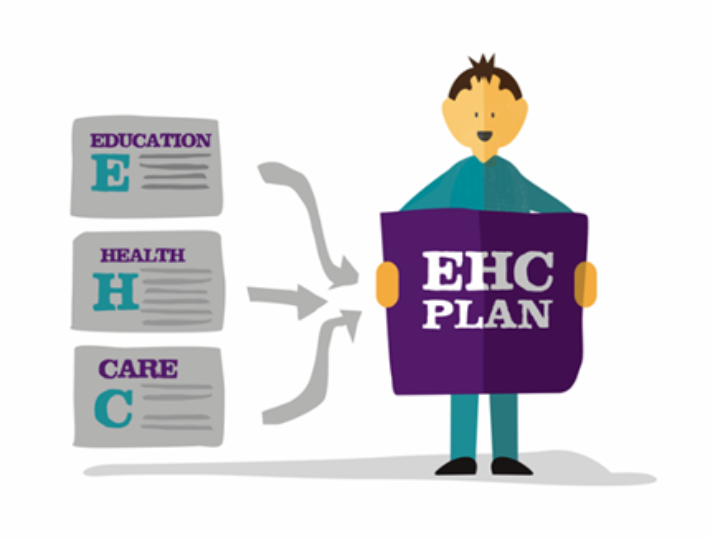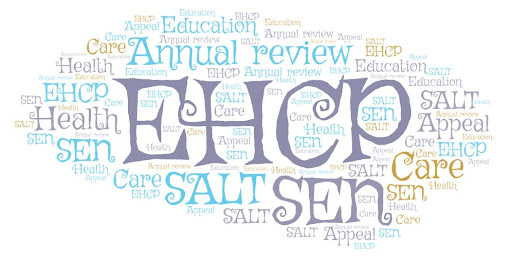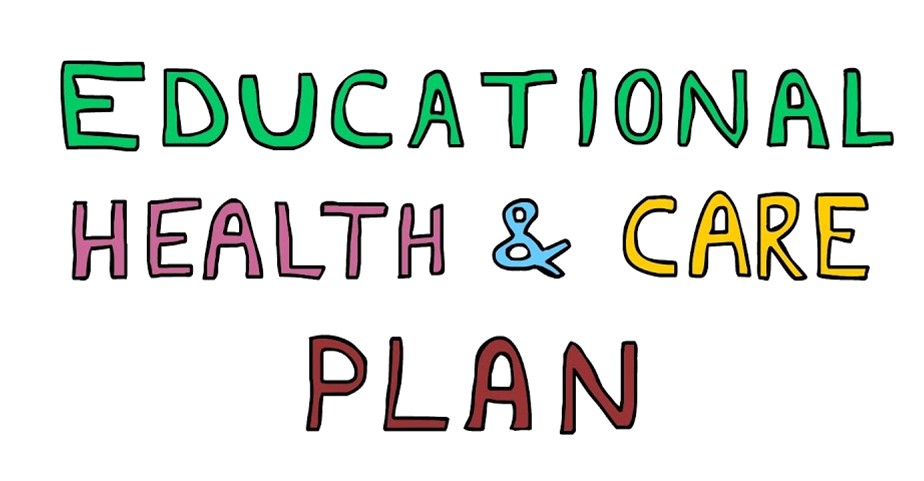The EHCP, short for Education and Health Care Plan, is a paper that talks about what a child or young person needs for their education, health, and social care if they need more help in school than what the school usually gives. Before, it used to be called a ‘statement of special educational needs’.
Kids with an EHCP usually get extra help in school, like one-on-one support (but not always all day), and other people from different places might help too, like physiotherapists, behaviour experts, or teachers who know about sensory issues.
This article will give you a quick look at the important things about EHC plans in England. But it’s worth noting that things are different in Wales, Scotland, and Northern Ireland.
What is an Education, Health and Care Plan?

In England, schools have to help kids with special educational needs (SEN) as part of their usual services. This is called SEN support. Schools get about £6000 from national funding in their budgets to help kids at this level.
But sometimes, a child needs more help than what the school can give with their own money and staff. That’s when they might need an Education, Health and Care Plan (EHCP).
An EHCP is an important document that says exactly what a child or teen needs for their education, health, and social care. It has to list all their special educational needs and exactly what’s needed to meet each one. It’s very detailed and clear about what’s needed. The plan also says which school or place will provide the help. And if things don’t go as planned, the plan can be legally enforced through a Judicial Review.
Who should have an EHCP?
EHCPs are for kids (0-16), young people (16-19), or adults (19-25) who need more help than what a school can give through SEN support. If a child has educational needs, and they also need extra help with their health or social care, those things can be included in the plan, as long as they’re connected to education. But you can’t get an EHCP just for health or social care reasons on their own.
How the EHCP Application Process Works?
Here’s how the EHCP application process works, step by step.
Step One: Applying for an EHCP Assessment
Anyone can ask for an EHCP assessment:
- Parents
- School staff
- Someone else interested in the child’s education
- A doctor who specialises in children’s health
- A social worker
To start, you need to send a simple written request to the Local Authority. They have six weeks to decide if they will assess the child. Ideally, they’ll agree so we can move forward.
If the Local Authority says no, we can appeal to the Special Educational Needs and Disability Tribunal (SENDIST). This is called a Refusal to Assess hearing. Usually, the Local Authority will agree to assess the child before it goes to the Tribunal.
In fact, almost all of our cases are settled before a hearing. These hearings are usually done on paper, so you don’t have to attend in person.
Step Two: Local Authority Decides on EHCP Issuance
After assessing, the Local Authority (LA) decides whether to give the EHCP or not.
Here’s what can happen:
- The LA agrees to give the EHCP. They have up to 12 weeks from the assessment agreement date to provide the Draft EHCP. Then, they get 2 more weeks to give the final plan, making it 20 weeks in total.
- The LA says no to the EHCP. They have to tell you within 10 weeks of the assessment decision date.
If they refuse in option 2, we can appeal to SENDIST. This is called a Refusal to Issue an EHCP Appeal. It’s a physical hearing where you need to be present.
Why might some requests for extra help for students get turned down?
Here are a few common reasons:
- Sometimes, there isn’t a clear diagnosis of the student’s special needs.
- There might not be a report from an educational psychologist to support the request.
- The student might not be considered far enough behind compared to their classmates.
- The local authority might stick to their rules too strictly, like saying a student’s performance isn’t bad enough for extra help. However, this kind of rule might not be fair according to the law.
When these cases go to court, these reasons usually don’t hold up well. That’s because they’re based more on the local authority’s rules than on what the law says.
In court, they look at each student’s needs and decide based on the law, not just on the local authority’s rules.
Step Three: Education, Health & Care Plan
Once the assessment is done, parents will get a draft EHCP. They have 15 days to give their thoughts and ask for changes. The draft won’t say which school is named, but the letter that comes with it usually tells you which school LA is thinking about.
After any changes are sorted out, the EHCP is final. Sometimes, the Local Authorities (LAs) try to drag out this process to delay paying for what’s needed. Don’t let them.
Making changes and appeals to the EHCP
You can only appeal Sections B, F, and I (scroll down for what these are) to the Tribunal. If you do, you’ll need to be there in person for the hearing. Kids under 16 don’t have to go, but those over 16 should try to.
Tip: The Tribunal usually only takes a day. When it’s closer to the time, we’ll help you decide who should come with you. Usually, a psychologist, a speech and language therapist (SALT) or occupational therapist (OT), and someone from the school you want to go to (if there’s a disagreement) should be there.
EHCP sections

The actual implementation of an EHC plan will vary by local authority, however there are certain key characteristics and parts that we shall explain below:
- Section A: This part talks about what the child or young person likes, what they’re interested in, and what they want to achieve.
- Section B: Here, it’s all about what they need to learn better.
- Section C: This covers any health care stuff they need because of their Special Educational Needs (SEN).
- Section D: It’s about the care they need because of their SEN or disability.
- Section E: This part lists what the child or young person hopes to achieve.
- Section F: Here, it says exactly what education they need to deal with their SEN.
- Section G: Any health care stuff they need because of their learning challenges or impairments goes here.
- Section H: This part is about social care, like support services, they need because of their learning issues or disabilities.
- Section I: It says which school or place they’ll go to and what kind of place it is.
- Section J: Details about any money given directly.
- Section K: This has all the papers and info collected during the assessment.
Final Words
The Education and Health Care Plan (EHCP) is an important document in England for kids who need extra help in school. It used to be called a ‘statement of special educational needs’. The EHCP talks about what a child needs for their education, health, and social care. It’s very detailed and clear about what’s needed and which school will provide the help.
To get an EHCP, you need to ask the Local Authority for an assessment. If they agree, they’ll decide whether to give you the EHCP. The EHCP has sections that cover what the child likes, what they need to learn, their health care needs, and more.
